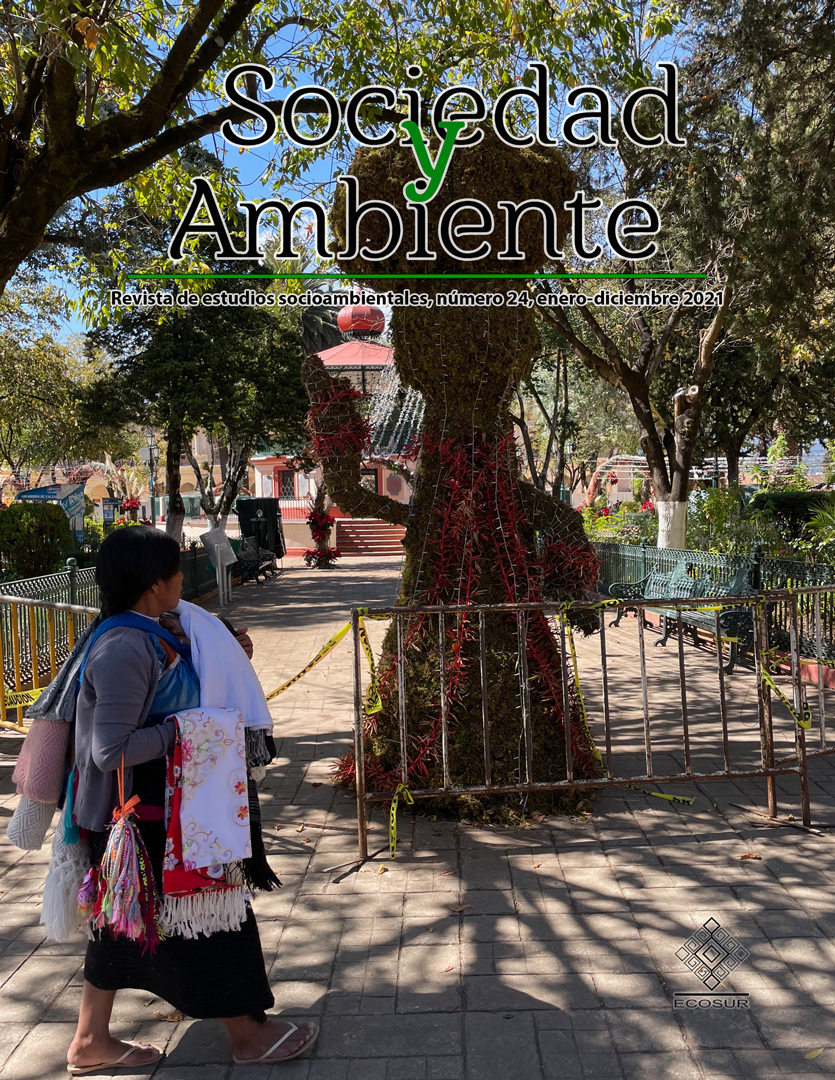Abstract
This article's objective is to analyze some components of the social per-ception of seismic risk in the city of Colima, Mexico. In particular, we considered the central zone of this city because it concentrated the dam-ages related to the earthquake of January 21, 2003. To understand the perception of risk, we applied a questionnaire to 322 residents of the study area under the technique of natural semantic networks, through which we determined that there are five categories of meanings: beliefs and emotions, characteristics of the phenomenon, post-disaster results, disaster components, and emergency response. Among the main conclu-sions reached, it stands out that the population's perception of risk is composed of a series of factors ranging from the individual to the social scale. One of the main limitations of the research, although at the same time it can be a strength, lies in its temporal cutoff since, 18 years after the earthquake occurred, the memory of the events can be modified by oblivion.

Sociedad y Ambiente by ECOSUR is licensed under a Creative Commons Reconocimiento-NoComercial-SinObraDerivada 2.5 México License


